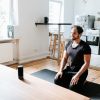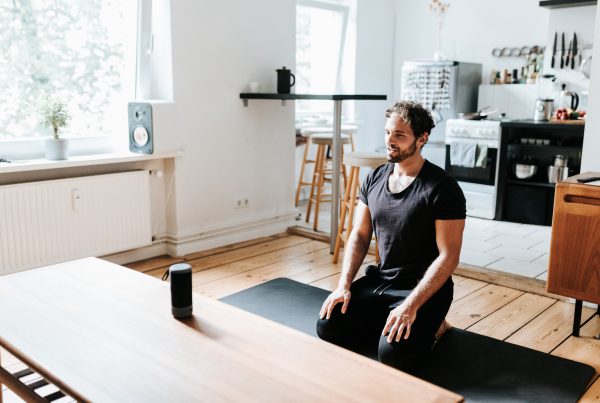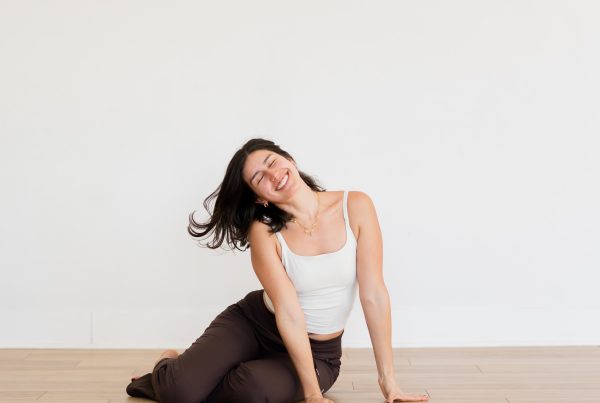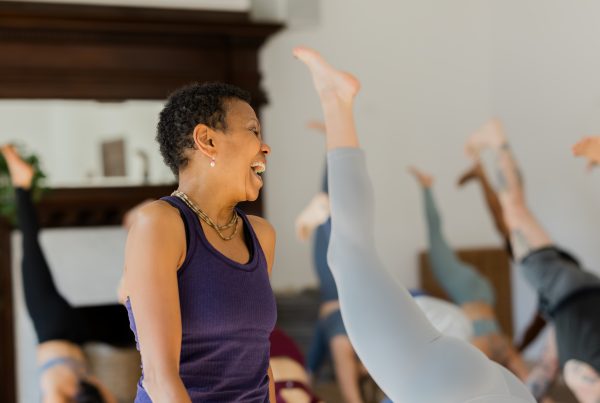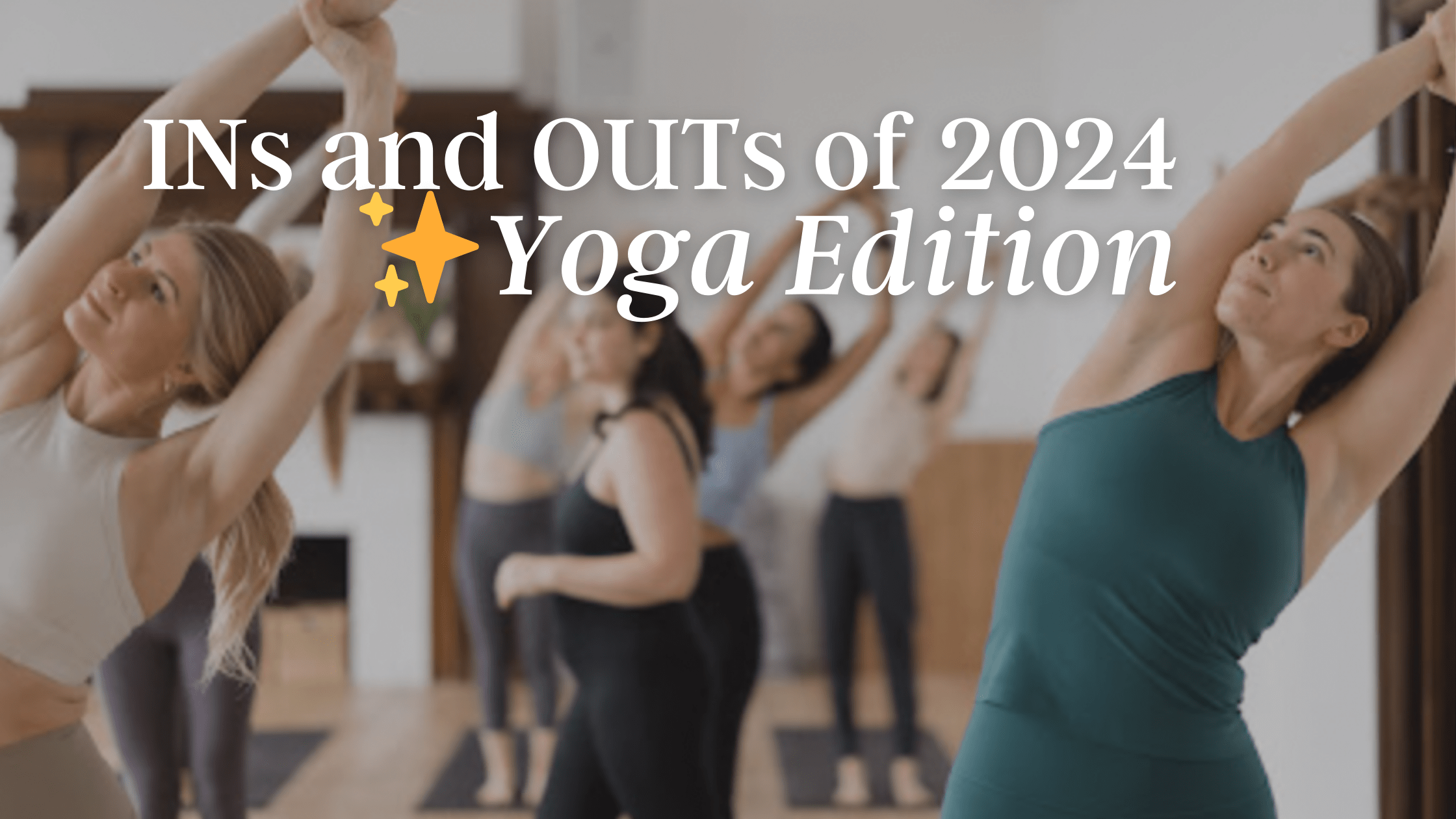
We’ve decided to round up some of our favored in and out trends of 2024 through the eyes of the yoga world. Here’s what we came up with…
IN: Your at-home practice
OUT: Thinking your home practice is only due to COVID
COVID quarantine presented a time where we were forced to workout and practice at home. For many people, this helped to develop and establish an at home practice. Now that yoga studios have reopened and are open for in person regular classes, people have ditched their at home practice in favor of practicing in studio.
Practicing in a studio with your favorite teachers and community members is great. Practicing at home and on your own can also do wonders for your yoga practice. Practicing at home creates a sacred space for you to practice in the privately (maybe trying things you wouldn’t try in a yoga studio), you can make all sorts of noises (hello the loudest lions breath ever), and you have opportunities to turn inward even more, perhaps taking variations or options that you may not do if you were in a packed class.
It’s not that you have to choose to practice in studio or at home, but simply honor both and how they can serve you and your practice.
 — Melanie Rodriguez, Yoga Teacher
— Melanie Rodriguez, Yoga Teacher
IN: Getting to know what brings you bliss in your yoga practice and
recognizing what you love to eat
OUT: Following someone else’s strict yoga routine and diet because
you saw it on social media
With tons of social media influencers and trendy posts about how to exercise or practice yoga and what to eat or what meal plans to follow, it can be way too easy to think your routine should look like someone else’s. According to the teachings of yoga and Ayurveda, you will feel your best when you’re in tune and in sync with your rhythms and what feels best for you. The only way to figure this out is to work on being more mindful during your yoga practice and during meals. What makes one person feel amazing may make another person feel awful.
Ayurveda is a 5,000 year old science that’s often referred to as yoga’s sister science. It teaches the importance of pausing after doing anything and noticing how you feel. Try taking the time after yoga or any physical activity to notice the quality of your thoughts, your energy level, and most importantly your happiness. Before meals, carve out a few seconds to cultivate gratitude for the food you’re about to eat and eat in a place where you can enjoy each bite and know it’s nourishing you. After meals, check in with yourself to analyze if you’re feeling energetic or if you’re feeling heavy and tired. These practices will steer you towards a routine that works best for you!
 — Lisa Bermudez, Yoga Teacher and Ayurveda Coach
— Lisa Bermudez, Yoga Teacher and Ayurveda Coach
IN: Yoga blocks (and props in general)
OUT: Thinking that yoga props are for beginners
A lot of times, students show up to class and disregard the need to grab blocks and a blanket. It’s not that they’re being defiant, but rather the misconception that these props are only for beginners. Truth is, props are an integral part of the yoga practice, especially for the way we teach here at YogaRenew, following the lineage of B.K.S. Iyengar. Props are widely used in the yoga practice to not only assist the yogi, but to provide a more generous sense of capability and space throughout the practice. These props can allow us to move into postures our brain sometimes prohibits us from getting into, thus experiencing the full expression of the pose.
 — Lindsay Monal, Yin Yoga Teacher and Sound Healer
— Lindsay Monal, Yin Yoga Teacher and Sound Healer



